BUYING A HELICOPTER
What you need to know about pre-purchase inspections
Regardless of whether a buyer is purchasing a helicopter from down the field or the other side of the globe, the pre-purchase inspection is a vital process.

By: HeliTraderPosted on: October 31, 2022
In a previous article in HeliTrader’s Hub, we walked through the steps a buyer should expect when purchasing an aircraft. One of these steps arguably has the most potential to save buyers considerable cost and headache, and that is the pre-purchase inspection.
Regardless of whether a buyer is purchasing a helicopter from down the field or the other side of the globe, the pre-purchase inspection is a vital process that includes multiple steps of its own to ensure the helicopter is worth its value and has no hidden expensive surprises.
HeliTrader sat down with two respected inspectors to take a deeper dive into the intricacies of pre-purchase inspections, and what buyers should both expect and demand.

Who should perform pre-purchase inspections?
The first step in planning the inspection is identifying who is best to perform this vital service. A good broker or dealer will have inspectors they recommend. Some may be in a position to perform the inspections themselves. However, buyers should ask one important question: Does the inspector have considerable experience with the make and model being purchased?
“You can end up with some pretty significant expenses if you don’t have your inspection performed by someone who really knows the aircraft make and model,” said Scott Hope, president of Heli Connections Aviation Inc. “I look for inspectors with some serious experience not only in maintaining the aircraft, but also higher-level experience such as quality assurance manager or director of maintenance. These people know and understand maintenance records and will be able to carefully, confidently, and confidentially review the paperwork as well as inspect the aircraft.”
“If records are missing or incorrect, you could be facing some unnecessary expense down the road or have difficulty reselling the aircraft,” continued Hope. “You want a multifaceted person you’re confident can do a thorough job.”
Chances are an inspector won’t be based near the aircraft. The buyer should be prepared to pay the inspector’s daily rate plus expenses — travel, hotel, meals, etc. Hope says a buyer can expect inspectors to take three to four days to properly inspect a single-engine aircraft. A twin-engine helicopter will take five to seven days, depending on the status of the aircraft and level of cooperation received throughout the process.
What is involved in a pre-purchase inspection?
There are several steps to these inspections. Ideally, a buyer should request them all, if possible, to ensure the most thorough inspection possible.
“How the inspection is done will depend on the aircraft’s use as well as what country it will be operating in,” explained Markus Leutner, CEO of HELITECHNIC Leutner KG. “If the aircraft is moving between countries, then the inspection scope of work should include reviewing modifications and certifications to be sure that it’s going to be accepted in the country where it’s going.”
In general, a good pre-purchase inspection includes an in-depth physical look at the aircraft. The inspector opens all the panels to look at the structure and components and look for damage, leaks, and other compromises. A good inspection will also include a thorough borescope inspection of the engine(s), as engines make up a significant portion of a helicopter’s value, noted Hope. The inspection also includes the onboard equipment, ensuring it works as it should and there is no damage.
The next step is a thorough review of all the aircraft’s technical records. This includes ensuring the maintenance records are complete, serial numbers on all components match actual technical records, and STC and modification records are complete.
If the aircraft is serviceable or airworthy, Hope highly recommends doing a test flight as part of the pre-purchase inspection.
“Whether it’s with your own pilot, or a pilot supplied by the company selling the aircraft, take advantage of a test flight,” he said. “On it, your inspector records observations, parameters, and the working order of all the avionics and radios. They’re also going to do some performance checks of the engines, recording certain parameters and then plotting them on a chart or putting in a program to tell you if the engine is healthy.”
What do pre-flight inspections most often uncover?

Leutner says the most common finding in his pre-purchase inspections is issues with engines. Whether it be nicks, dents, corrosion, or other damage, it all adds up.
“Engines definitely tend to be the area where I find the most issues,” he said. “I once inspected a helicopter where I discovered both engines needed overhauls. Considering my daily rate is considerably less than that would cost, the inspection was quite valuable to the buyer.”
Hope agrees. Being that engines are enclosed, they can hide latent defects that are not detectable externally, which may not show up in a performance check. That’s why he emphasizes the importance of borescope inspections. The borescope is also valuable in inspecting around other parts of the aircraft you can’t easily see. There he’s found loose or working rivets, a compromised panel, delamination, and the like.
And then, of course, there are records. Hope says he almost always finds something in the records. A missing record of an STC or a particular inspection can spell problems, especially if the buyer is importing the aircraft to another jurisdiction, whereby an inspection will take place by the local authorities.
The final report
At the end of the inspection, the inspector should provide a very detailed report of all the findings. Often, there will be minor findings that do not affect the aircraft’s price or airworthiness, but having a record is valuable. Other findings are easy to remedy, like updating records. The biggest findings will affect the price or overall sale.
“We always try to stay neutral, listing all the findings and reporting the facts so the buyer can make the most educated decision,” said Hope.
Leutner approaches the inspection as if he is purchasing the helicopter for himself. His report is thorough, which he then goes over with his client in a zoom call.
“I am honest and tell my clients if I would buy this helicopter at this price or not,” he said. “I have a lot of return customers who trust my work and my advice. Find someone you can trust, who is thorough, and who will tell you honestly what they think.”
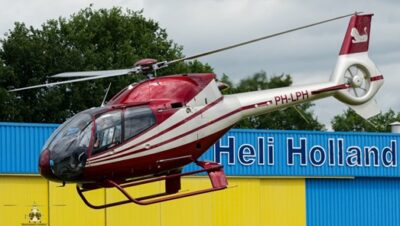
Airbus EC120B
Contact seller for price
Year: 2001

Airbus AS350B3
USD $ 1,599,000
Year: 2004
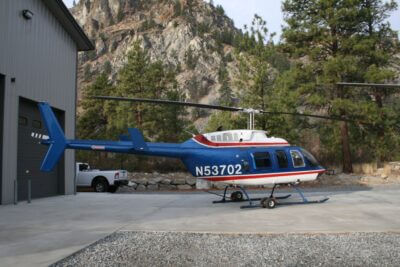
Bell 206L3
Make an offer
Year: 1992

Bell 206L4
Make an offer
Year: 1996
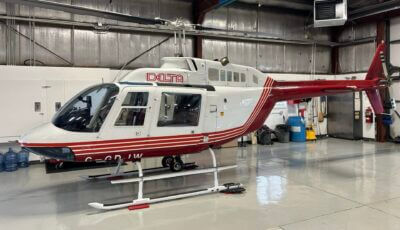
Bell 206B3
Contact seller for price
Year: 1979

Bell 206B3
Contact seller for price
Year: 1980

Airbus AS355F2
Contact seller for price
Year: 1992

Bell 206B3
Contact seller for price
Year: 1973
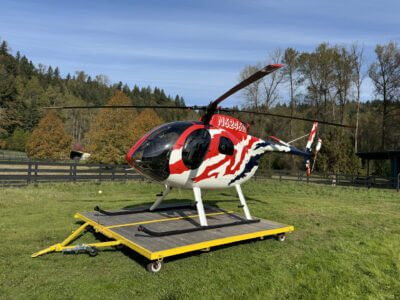
MD Helicopters 369A
Contact seller for price
Year: 1968
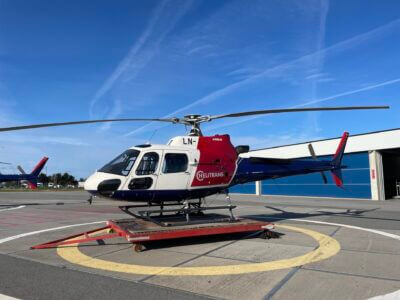
Airbus H125
EUR € 2,400,000
Year: 2020







